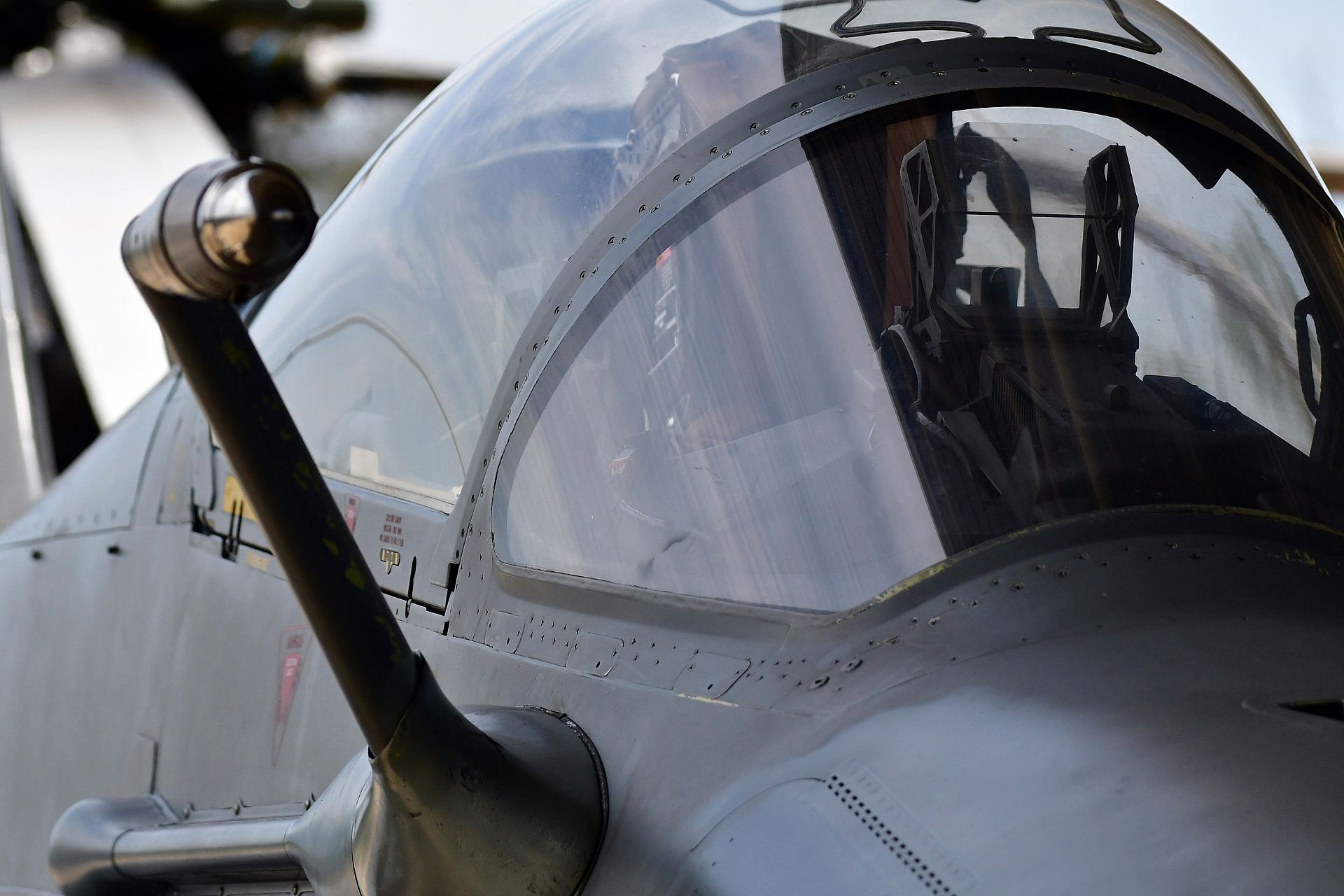
SHAH ALAM: Hawks Flying High. At the TUDM media day last Thursday (May 25, 2017) at the Labuan airbase it was revealed that the two RMAF Hawk squadrons, No 6 Skn and No 15 Skn, have now settled down on their respective roles. The 6 Skn is the dedicated combat squadron while the 15 Skn is the training one.
It is for this reason, 6 Skn based at Labuan operates only the single seater BAE System Mk 208 Hawks while the 15 Skn, operates the twin seater Mk 108s from Butterworth airbase. In the past, they operated both types.
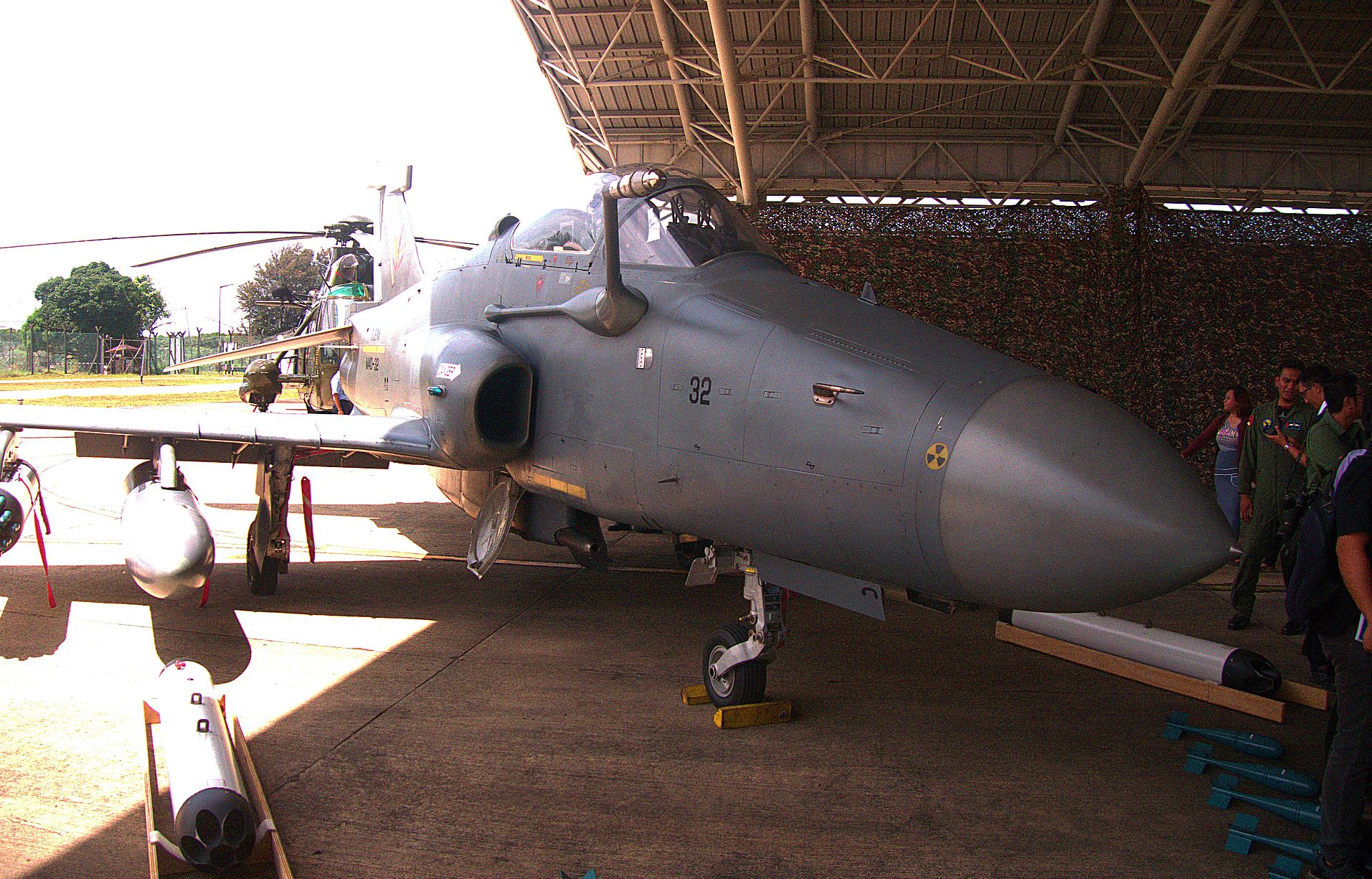
The transfer of the single seaters and twin seaters between both squadrons were done within the last two years as 6 Skn was transferred from Kuantan airbase to Labuan. The move to base the Hawks at Labuan was made following the Lahad Datu incursion in 2013.
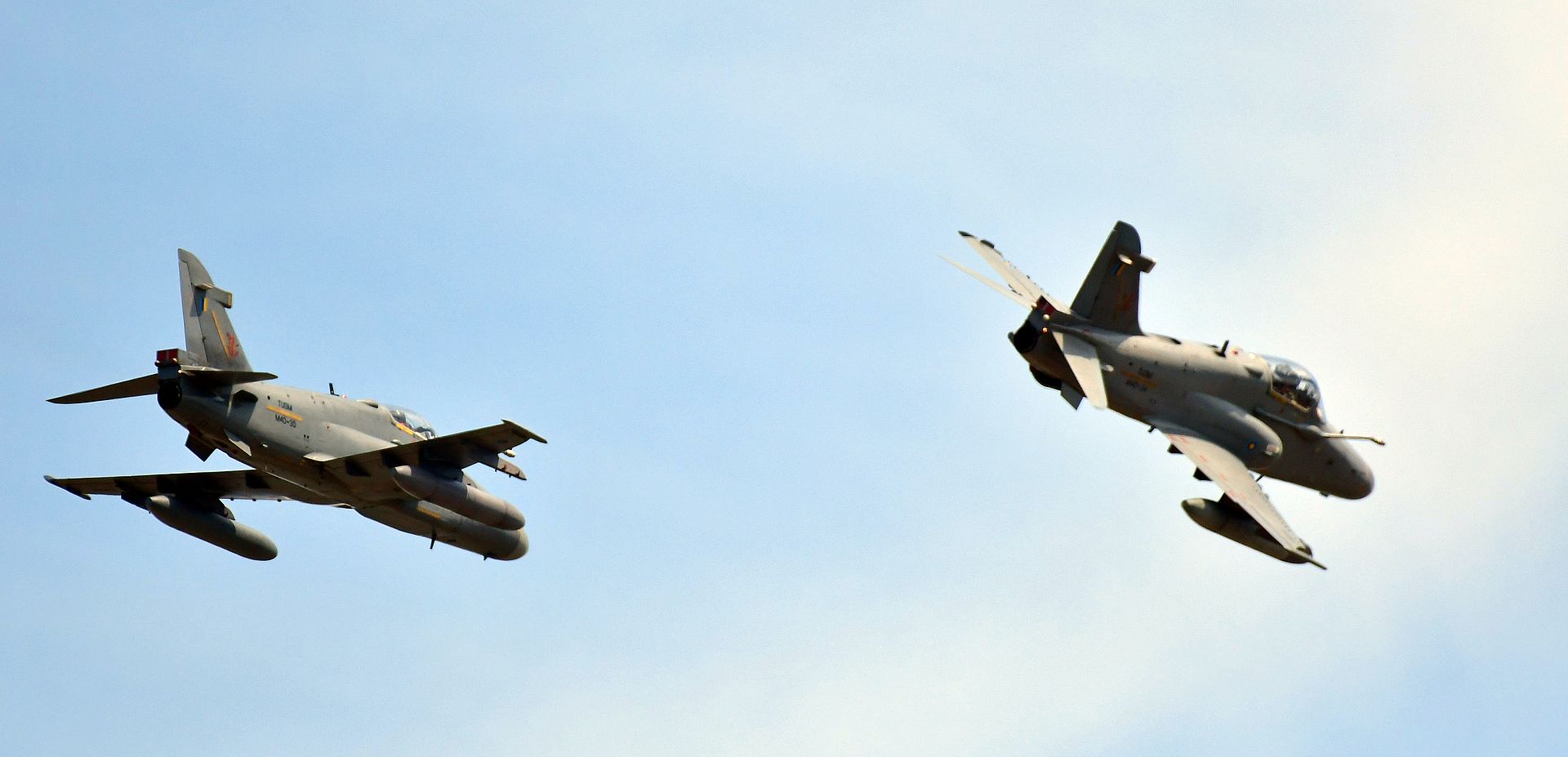
Apart from the change of roles, the move was probably done due to the shrinking number of Hawk aircraft in RMAF following various accidents and crashes.
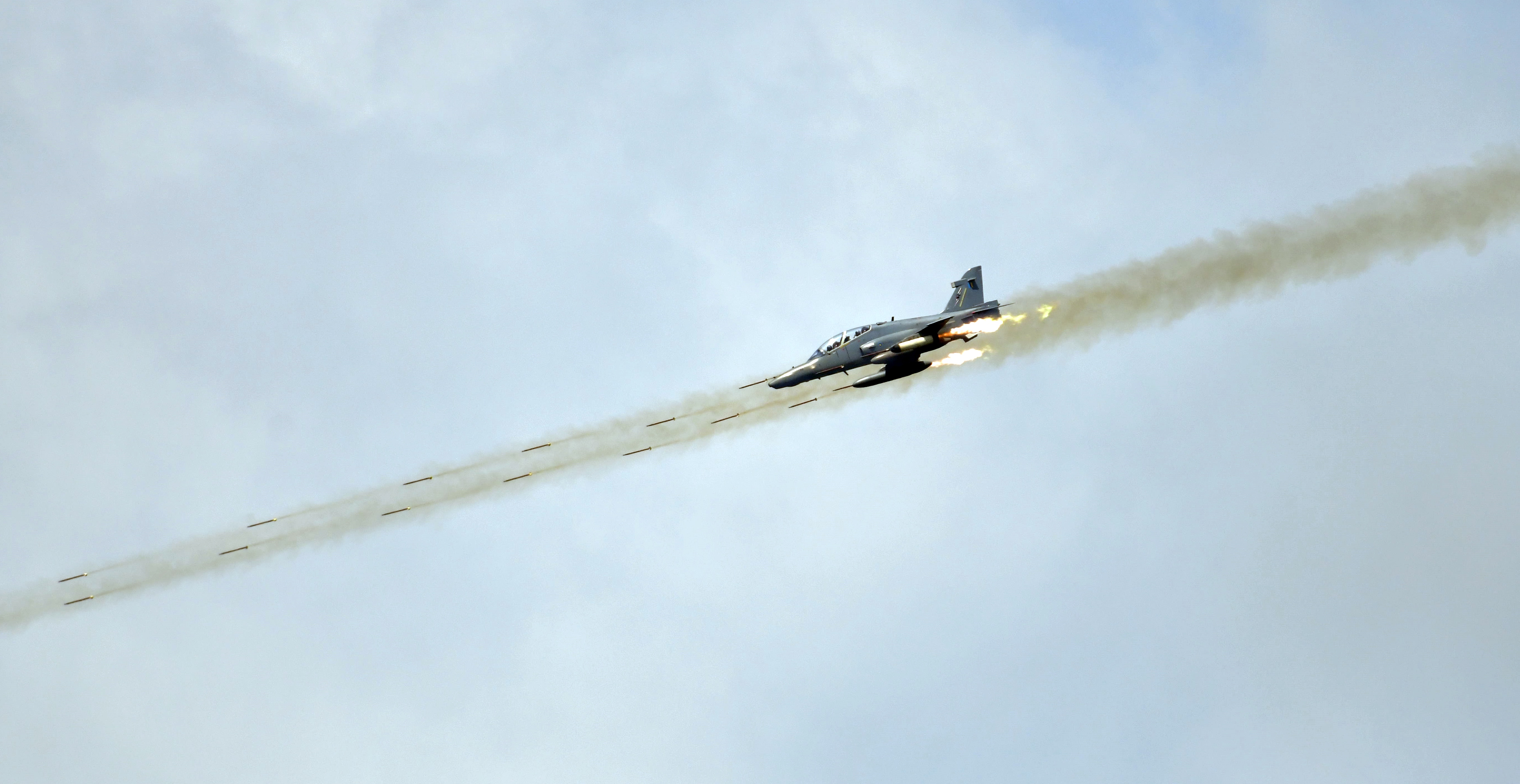
With the change of roles, new pilots destined for 6 Skn will be trained on the Mk 108s with the 15 Skn in Butterworth before they are posted to the Labuan-based squadron. In the past, new pilots to both squadrons trained on their own respective two-seaters before transitioning to the single seaters.
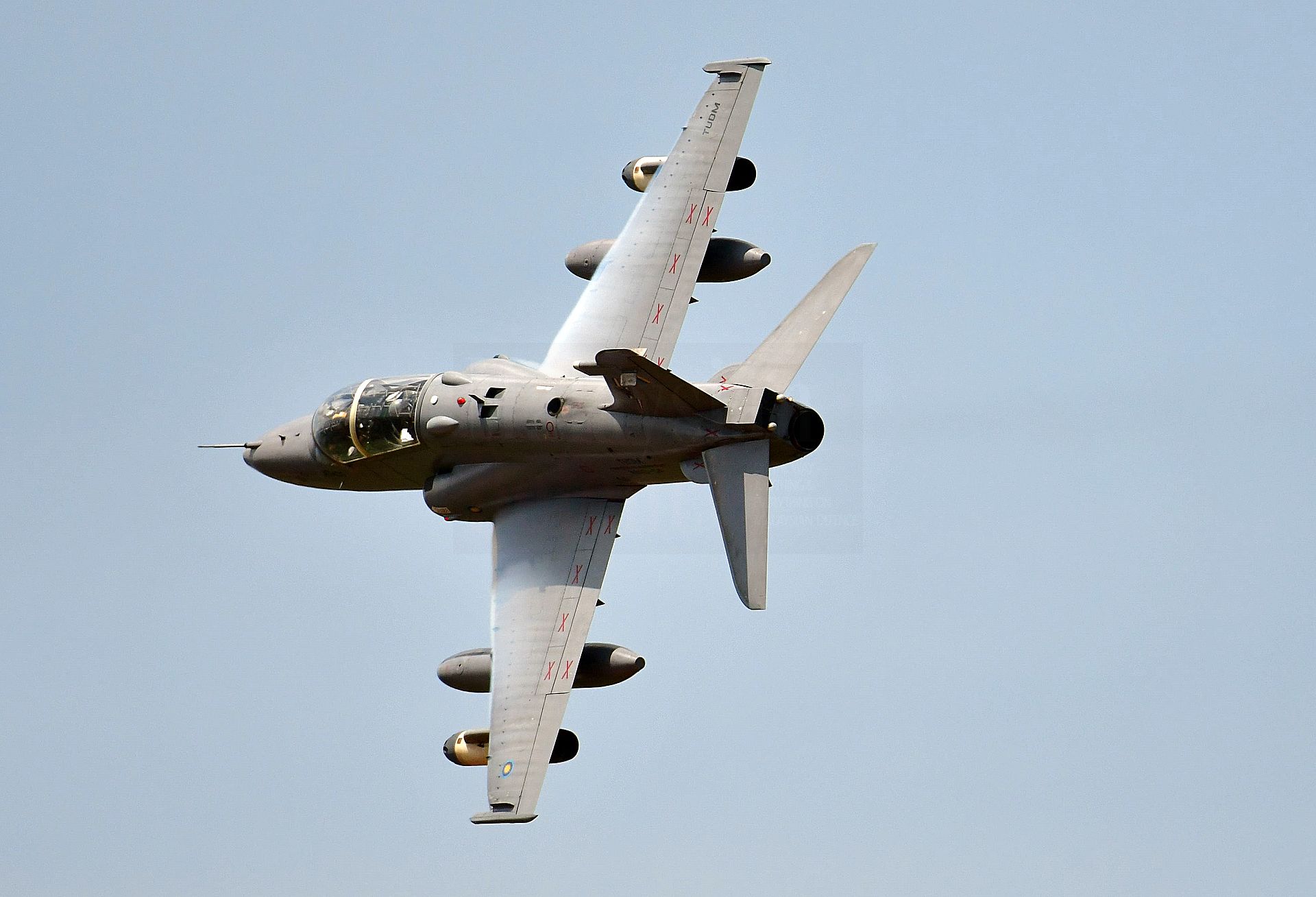
Those selected for the Sukhoi Su-30MKM or F/A=18D squadrons are trained at Pulatibang 3 in Kuantan on the Aermacchi MB339CMs.
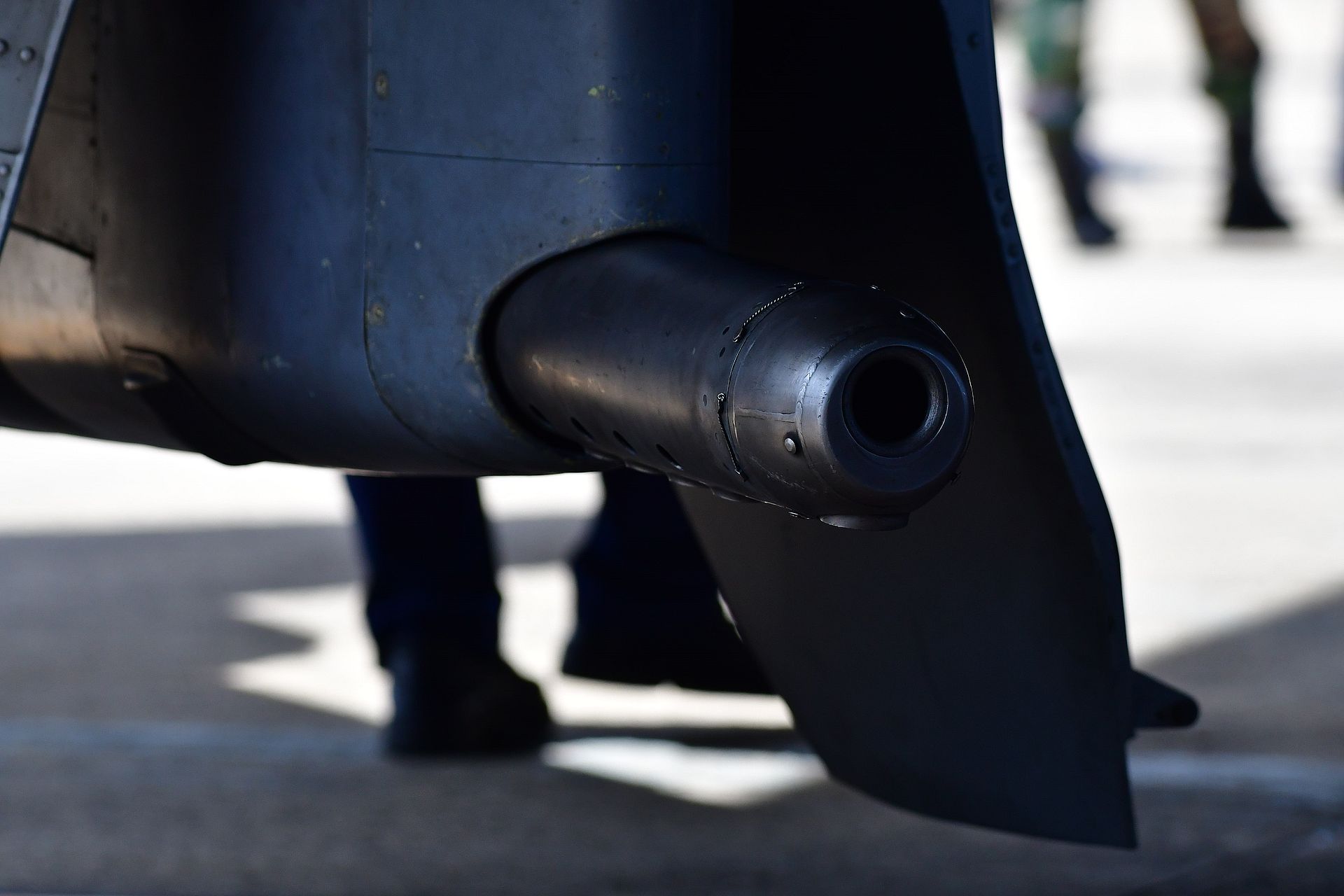
The MK 208 is armed with Thales FZ rockets, dumb bombs and a single 30mm ADEN cannon fitted on the centreline.
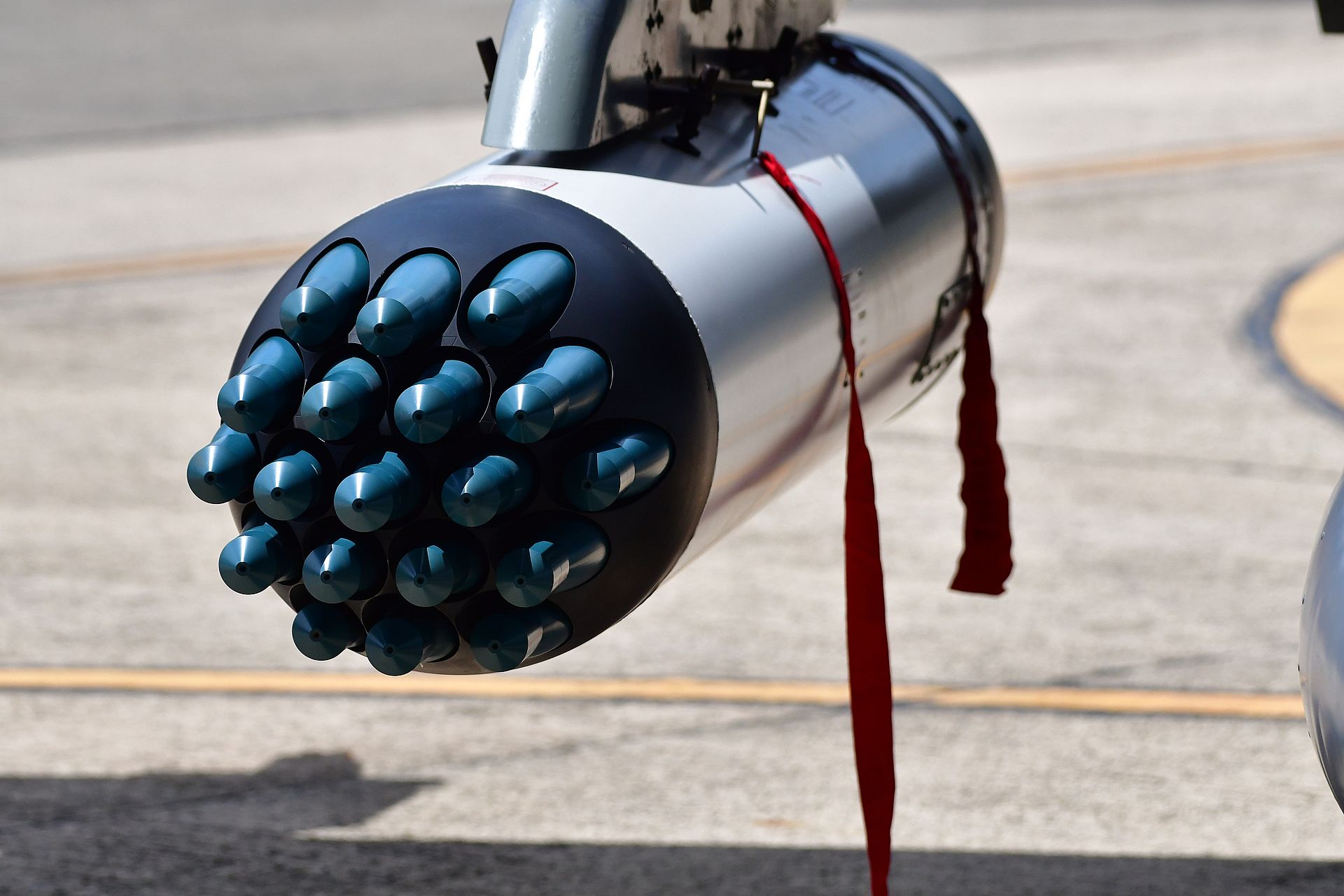
As it was a media day, guests were allowed to get into the Hawk cockpit. Despite the size of the aircraft, the cockpit of the Hawk felt rather comfortable compared to the cramped F-16 cockpit which I had tried in Singapore. The Hawk cockpit however is smaller than the F-15 and the F-5s.
— Malaysian Defence
If you like this post, buy me an espresso. Paypal Payment


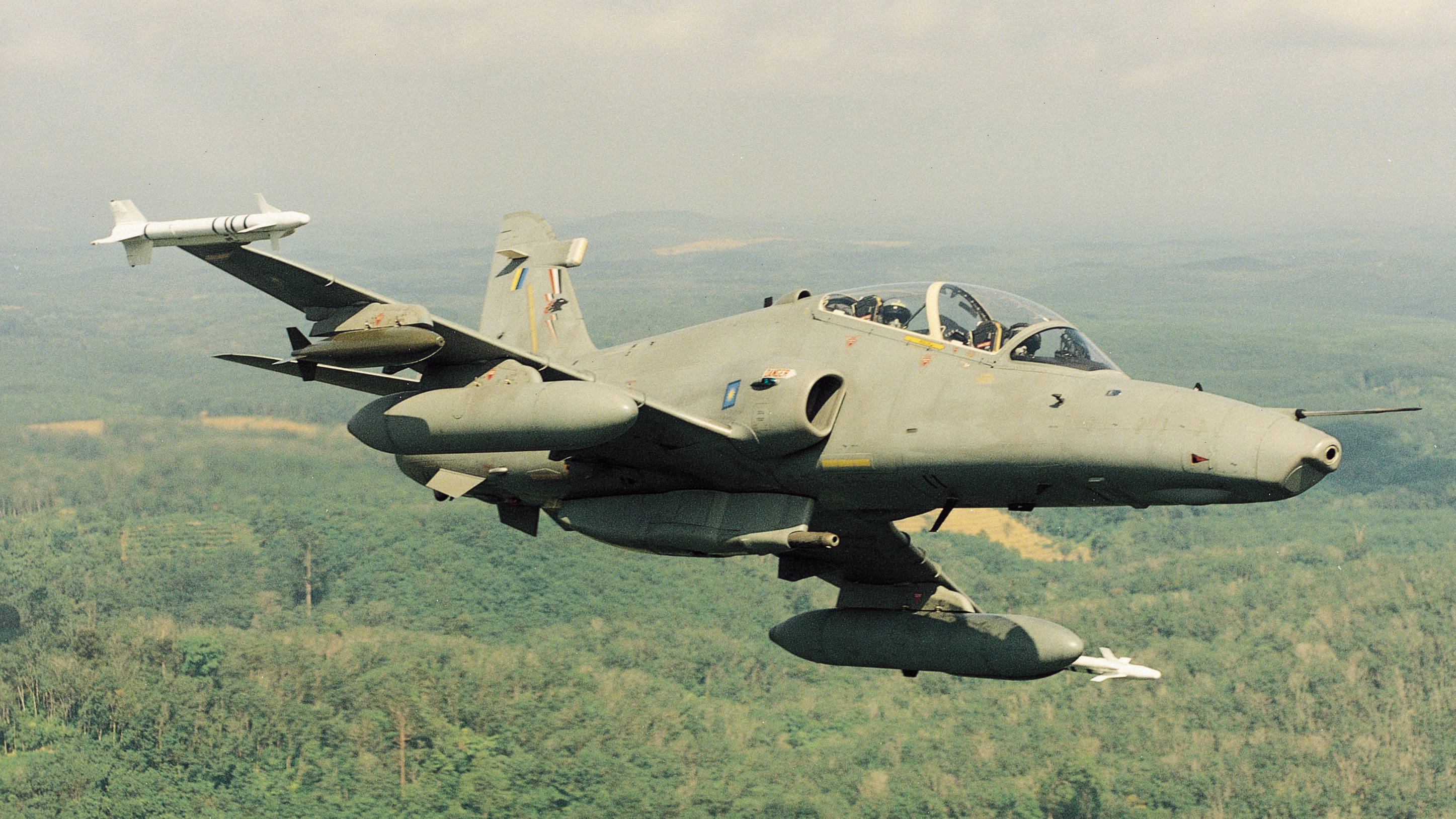
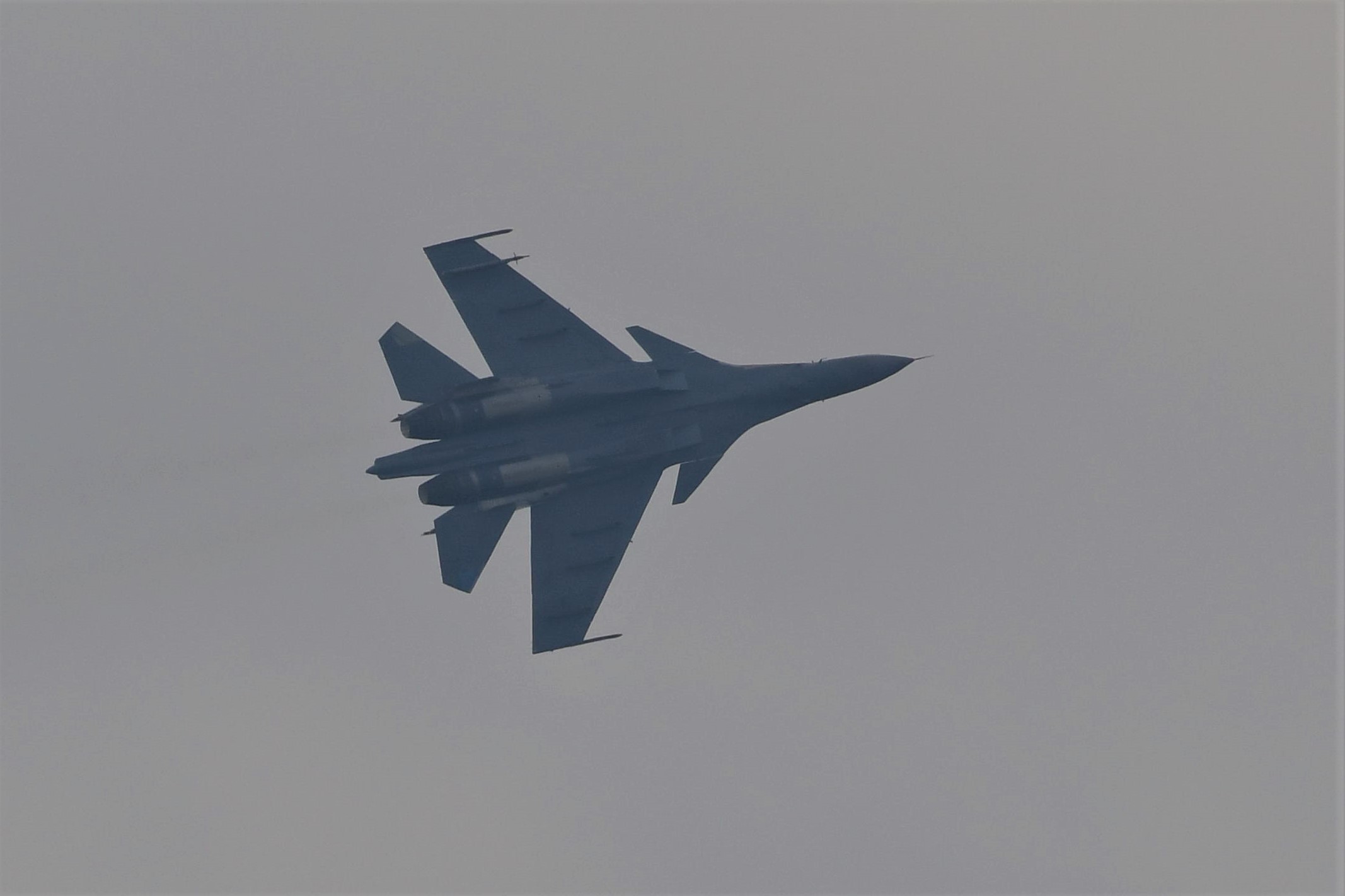
Any new shelters or ground support buildings for the 6skn? Or they just reuse the facilities of the old 9skn that also uses the hawk in labuan? So all 13 flyable hawk 208 now in labuan?
Reply
They have a new storm shelter but mostly they are reusing the old facilities. Not sure of the numbers but yes all of the 208s are now in Labuan.
About time to plan for hawk replacement rather than dreaming of MIG 29 replacement.
Any news on the Saudi Arabia lead ‘donation’? I really hope it is in the form of ex-Kuwaiti F/A-18. If we can get all 40 we swallow lah… I believe the Kuwaiti hornets are of the same batch as ours, so there will be very similar and cut down on all the training required. If we can make good use of those jets it could even allow us to skip 0.5 generation of MRCA… Just my thoughts.
I believe there are 14 mk.208 airframes still in service with RMAF out of 18 that were bought.I still remember three of the crashes,the one during approach at LAB,another was at the firing range in Pahang’s interior plus the one that crashed into the sea off Pahang,the fourth I can’t remember where.
@ Shahrudin Esa
I would prefer the hawk+MB339 replacement first before the Mig-29 too. The MiG-29 replacement can be the ex-kuwaiti hornets.
@ Foxbat25
The fourth crash is the one during aerobatic training of the Panji Wira team. I think it was the 1st malaysian hawk crash. There is 14 airframes left but 1 was overstressed (over G) beyond repair in an air-to-air dogfight training.
Shahrudin,
There is no urgency at all to replace the Hawks as their air frames still have lots of hours left. Also, the Fulcrum replacement is intended to perform different types of roles compared to the Hawk. As such, the MRCA requirement and a future need to replace the Hawks [at minimum a decade away] are 2 different sets of requirements.
Foxbat,
A Hawk also suffered damage during a low level flight; hitting power cables. If I’m not mistaken the body of the pilot of the Hawk that went down over the South China Sea was never found. There should be at least 14 200s left and at least 3-4 100s left.
Hornet – ”I believe the Kuwaiti hornets are of the same batch as ours,”
Their was from an earlier batch. Ours were from a later batch; diverted from stocks intended originally for the USN.
Reply
I believe there are six twin seat Hawks left. The remains of the pilot that crashed into the sea were recovered some six months after the crash. The crash plane was found after fishermen nets got snagged on the wreck.
Wow…..6 months after it crashed! Is the SOP any better now when it comes to locating pilots or planes that crash into the sea?Btw, these incidents remind me of another ‘Lost but not forgotten’ airman, Lt.Wahi Anuar Bin Mat Amin. 29 years passes by without the slightest clue of what really happened.
Rather than outrightly replacing the Hawks, the airforce should add more for attrition replacement with newer Hawks.
@ lalok
1st you must ask, how much is the cost of a new hawk? For the same price as the new hawk, what other fighters could you get instead? Is there any new single seater hawks now? Is the hawk wings fully stressed to carry the full weapon load during high g maneuvers? Why is the wingtip missile rails removed from most hawk 100 and 200s?
Foxbat25, I believe that they were reports that someone found the A4 wreckage by accident at the bottom of the sea. Of course, the pilot was nowhere to be found
Foxbat – ”.6 months after it crashed! Is the SOP any better now when it comes to locating pilots or planes that crash into the sea?”
The fact that they didn’t immediately discover the body doesn’t mean that the SOP wasn’t up to the task. One may have the best or most stringent SOPs in place but still may be unable to locate a wreck due to various factors. In fact, there are several pilots who were rescued shortly after ejecting over the sea. There are also other countries with much more resources than us who have been unable to locate plane wrecks or bodies.
lalok,
It’s a matter of priorities and deciding which one to address first. The RMAF obviously feels that MRCAs are more of a priority at this moment rather than LIFTs; doesn’t mean that it has no plans for LIFTs in the future. At the moment we don’t have a dedicated full fledged LIFT. For that matter there is nothing to suggest that we’ll go for follow on Hawks when funds are available.
We may eventually decide that they’re other types that are more suitable for our LIFT needs or to perform as a secondary combat type rather than a new generation Hawk. We had a long standing requirement for 4-5 Hawk 100s as attrition replacements but that was years ago and that time has passed.
@…
“1st you must ask, how much is the cost of a new hawk? For the same price as the new hawk, what other fighters could you get instead? Is there any new single seater hawks now? Is the hawk wings fully stressed to carry the full weapon load during high g maneuvers? Why is the wingtip missile rails removed from most hawk 100 and 200s?”
Just wonder if the wingtip rails can’t be used to carry missle, what good would the Hawk as a dog fighter? Or it’s only a restriction during exercise?
Also, is it possible for the Hawk 208 to fire the AMRAAM? Last time I thought I saw an advertisement of the single seater hawk mentioning about it has a ‘more advance’ radar than the F-16 A/B (is it APG-66H ?)
@ Hornet lover
The hawk wings are designed in the 60’s as a trainer with some export versions having some basic ground attack capability. Even though it has been strengthened a few times it is still not suited to having missiles, bombs and rockets hug on the wing during high G maneuvering dogfights. At best it could be used as a last line of defence air to air missile shooter and avoid being pulled into a dogfight. It can use the wingtip station, but limitation in maneuvering applies and to avoid structural damage, most hawk 100 and 200 series nowadays have the wingtip missile launcher removed.
In the current USAF T-X trainer competition, the high G turning and maneuvering requirements saw the hawk on paper not able to fulfil them, which says a lot about the structural limitations of the hawk.
The hawk 200 radar aperature/antenna is smaller than the radar on the f16, and has a reduced range, so actually it is not more advanced than the f16 radar.
Hornet_lover – ”Also, is it possible for the Hawk 208 to fire the AMRAAM?”
The question to ask is really not whether a Hawk can fire AMRAAM but whether any AESA has been integrated with the Hawk? Yes the APG-66H can fire an AMRAAM but if a full upgrade was conducted it would make sense to fit the 200s with a new generation radar. Sidewinders can still be carried on the wing pylons.
@…
“Even though it has been strengthened a few times it is still not suited to having missiles, bombs and rockets hug on the wing during high G maneuvering dogfights. At best it could be used as a last line of defence air to air missile shooter and avoid being pulled into a dogfight. It can use the wingtip station, but limitation in maneuvering applies and to avoid structural damage, most hawk 100 and 200 series nowadays have the wingtip missile launcher removed. ”
Uh, in that case it is merely suitable for CAS/ground attack role. The Hawk 208 is marketed as a light fighter, which I think our dear Dr. M when signing the 1 billion pound agreement never foresee that he can’t get any decent ‘fighter’ from the UK… Luckily he didn’t try to get 6 x ADV Tornodo and 6 x IDS Tornado …
Speaking of DACT/dogfight in training, wouldn’t it be better to get some A4 to play this role? Sigh, too bad we retire them too early…
@Azlan
“The question to ask is really not whether a Hawk can fire AMRAAM but whether any AESA has been integrated with the Hawk? Yes the APG-66H can fire an AMRAAM but if a full upgrade was conducted it would make sense to fit the 200s with a new generation radar. Sidewinders can still be carried on the wing pylons.”
I don’t understand why the hawk should be integrated with an AESA radar. With the Hawk’s tiny platform and naturally a smaller power unit carried onboard, what good would it be to upgrade the radar to whatever AESA model? In fact, has there been any AESA radar being produced in this tiny dimension? If there is such an option wouldn’t it be better to upgrade the hornet, provided we 1. have the budget, 2. allowed to posses such technology. Please enlighten me. Thanks.
@ hornet lover
On the aesa on the hawk, i don’t understand it either. I agree with you that it is better to spend resources on putting aesa on the hornet rather than on the hawk. Lets hear azlan’s reasoning on this.
Even small AESA radars can have very good performance.
The physical constraints of a radar are frontal surface area of the array, power available and space for power and cooling. Most of these will be more limited in the Hawk than in fighters. That said, even a small AESA if available will still have better performance than a mechanically scanned array. Larger sets can have a few modules not working with almost no drop in performance, so a well maintained but smaller set can do with fewer modules.
Practically, there are probably no sets that will fit in the Hawk. If we find the Hawk worth keeping in service after its usefulness in the air to air role is gone, we should give it upgrades that are appropriate for its role. It would free up MRCA for more demanding roles.